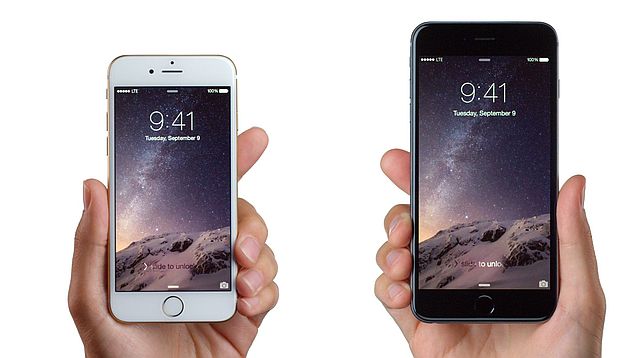Since their release last fall, the iPhone 6 and iPhone 6 Plus have been doing big business for Apple – and taking away some of the market share Android phones have garnered, according to a report from TechCrunch.
Using numbers provided by Kantar Worldpanel ComTech’s yearly figures (based on the first three months to the end of November 2014), Android actually lost a share in the U.S. for the first time since September 2013, based on the strong sales of Apple’s new devices.
Android has had a huge hold on the “phablet” market for some time, but this is the first time that a real threat has emerged with Apple’s larger devices. Kantar reports that the rate of those switching from Android to iOS remained around 18 percent – a “stable” number – and while that’s not a significant enough number to cause complete worry, it does mark an interesting shift in the “phablet” market, even though they’re still generally phone devices.
Android had a 50.4 percent share of sales over the three months from November 2013, although since then, it’s dropped down to 48.4 percent. Meanwhile, iOS has managed to increase by 4.3 percent, to a total of 47.4 percent – just one percent away from its competition. Meanwhile, Windows Phone dropped 1.6 percentage points, and others (like BlackBerry) dropped an additional 0.4 percent around the same period.
Meanwhile, Android had a bigger drop overseas in the U.S., with a decline of 6.7 percent over the previous year, down from 56.4 percent to 49.7 percent for 2014. iOS, meanwhile, jumped a staggering 12.2 percent, up to 42.5 percent – not as close as the race in the U.S., but still getting there.
Across five of Europe’s largest economies (including the U.K., Germany, France, Italy and Spain), the general percentage drop for Android was 3.2 percent (to 66.8 percent), while iOS rose 6.3 percent (to 23.8) percent. Windows Phone barely hung on in third with 8.3 percent.
More statistics can be found here. Could 2015 be the year that iOS turns the tide in the “phablet” market

